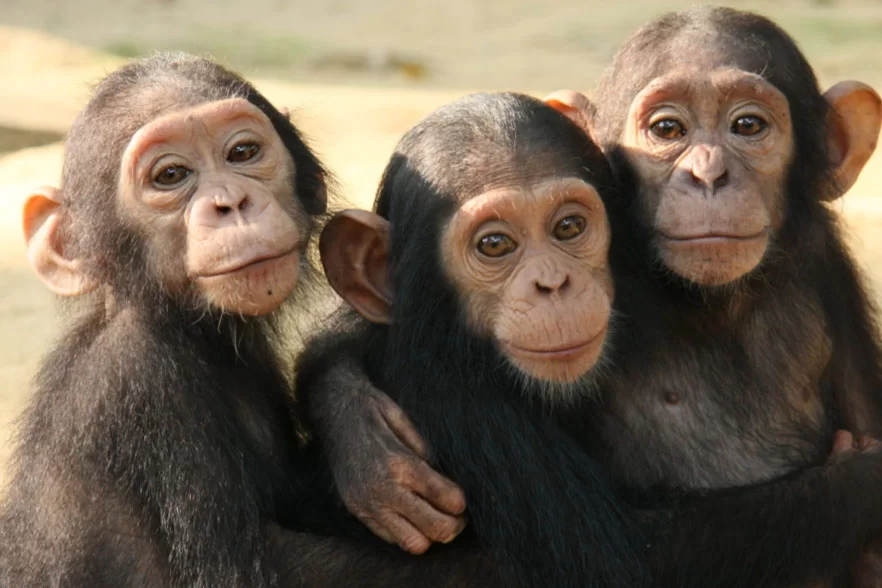Insights into the origins of human language
The origins of human language remain an open question, as fossils cannot capture gestures or sounds. However, recent research offers new clues by observing one of our closest relatives: chimpanzees.
A study conducted by biologists has found that young chimpanzees acquire vocal and visual communication patterns mainly from their mothers and maternal relatives. This discovery suggests that social learning during early life plays a crucial role in the development of communication across primates, including humans.
Fieldwork in natural habitats
The study took place in Kibale National Park, Uganda, home to about 60 chimpanzees. Over several months, researchers recorded the animals’ natural behavior through video and audio. They identified more than 100 combinations of sounds and gestures — such as ground slapping, branch grabbing, or specific body postures — used by the chimpanzees in different social interactions.
Maternal influence on communication
Analysis revealed that individuals related through their mothers displayed similar repertoires of vocal-visual combinations. In contrast, paternal influence showed no significant effect. This indicates that young chimps learn their communication styles mainly by observing their mothers, who serve as a primary social model.
This mirrors the way human infants acquire communication skills from their closest caregivers. Researchers believe this ability may date back millions of years, potentially to the last common ancestor shared by humans and great apes.
Evolutionary relevance
The findings strengthen the idea that communication based on social learning is not exclusive to humans. Instead, it could be a deeply rooted evolutionary trait across primates. Scientists suggest that further studies in gorillas and orangutans could provide broader evidence about the origins of social communication and its link to human language.







